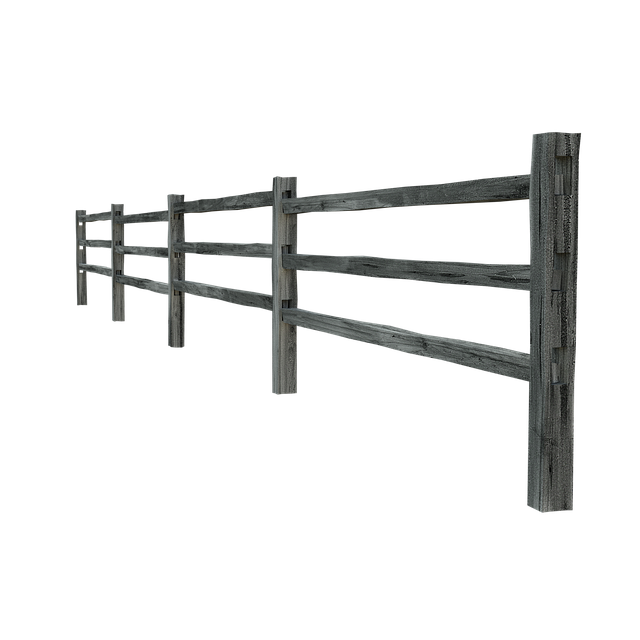In New Bedford, MA, transforming your outdoor space with a vinyl fence is an exciting project. This comprehensive guide delves into the intricacies of vinyl fence installation, offering valuable insights for homeowners. From understanding various vinyl fence types suitable for New Bedford’s climate to selecting the best contractor, we cover it all. Learn about the step-by-step installation process, ensuring top-quality results, and discover essential post-installation care tips to maintain your new fence’s longevity and aesthetic appeal.
- Understanding Vinyl Fence Types for New Bedford Installations
- Choosing the Right Contractor: Essential Considerations
- Installation Process: Step-by-Step Guide for Quality Results
- Post-Installation Care: Maintaining Your New Vinyl Fence
Understanding Vinyl Fence Types for New Bedford Installations
When it comes to vinyl fence installation in New Bedford, MA, understanding the various types available is key to making an informed decision. Vinyl fences are a popular choice due to their durability and low-maintenance nature. They come in different styles, from traditional picket fences to more modern designs like privacy panels or post-and-rail systems. Each style offers unique aesthetics and functional benefits.
For instance, picket fences provide a classic look and are great for defining property lines while allowing visibility. Privacy panels, on the other hand, offer maximum secrecy and are ideal for areas requiring more discretion. Post-and-rail fences create a robust barrier with a simple yet elegant design. Knowing these options allows homeowners to choose based on both personal preference and practical considerations, ensuring their New Bedford vinyl fence installation meets their specific needs and enhances their outdoor space.
Choosing the Right Contractor: Essential Considerations
When selecting a vinyl fence installation contractor in New Bedford, MA, it’s crucial to make informed decisions. Start by researching and requesting quotes from multiple contractors. Check their portfolios, read customer reviews, and ensure they possess valid licenses and insurance. The right contractor should offer personalized designs, high-quality materials, and transparent pricing.
Additionally, consider their experience in handling projects similar to yours. Ask about warranties, maintenance plans, and the turnaround time for installations. A reliable contractor will prioritize your satisfaction, ensuring a seamless and stress-free experience from initial consultation to final completion.
Installation Process: Step-by-Step Guide for Quality Results
The installation process for a vinyl fence begins with meticulous planning and preparation. Contractors start by assessing the site, measuring the perimeter, and determining the number and type of posts needed to ensure structural integrity. They then mark the location of each post, digging holes that conform to the required depth and width. Once the holes are ready, posts are placed and secured with concrete, allowing them to set over a few days.
Following this foundation stage, contractors measure and cut fence panels to fit the unique dimensions of the property. These panels are then attached to the posts using brackets or clips, depending on the style chosen. The final step involves installing the gate and any additional accessories like latches or handles. Every step is crucial for achieving a secure, aesthetically pleasing vinyl fence that can withstand various weather conditions for years to come.
Post-Installation Care: Maintaining Your New Vinyl Fence
After your vinyl fence installation is complete, proper care will ensure its longevity and maintain its attractive appearance. Regular cleaning is essential to remove dirt, stains, and any debris that may accumulate on the fence’s surface. A soft brush or sponge with mild soap and water is usually sufficient for routine cleaning. For more stubborn stains, consider using a vinegar-based cleaner or commercial products specifically designed for vinyl fences.
Avoid using harsh chemicals or abrasive materials that can damage the fence’s finish. Additionally, keep an eye out for any signs of wear or deterioration, such as warped posts or loose panels. Regular inspection and prompt repair will help prevent minor issues from becoming major problems. Lastly, ensure proper drainage around the fence to prevent water damage, and consider applying a protective coating every few years to shield against UV rays and maintain the fence’s vibrant color.
